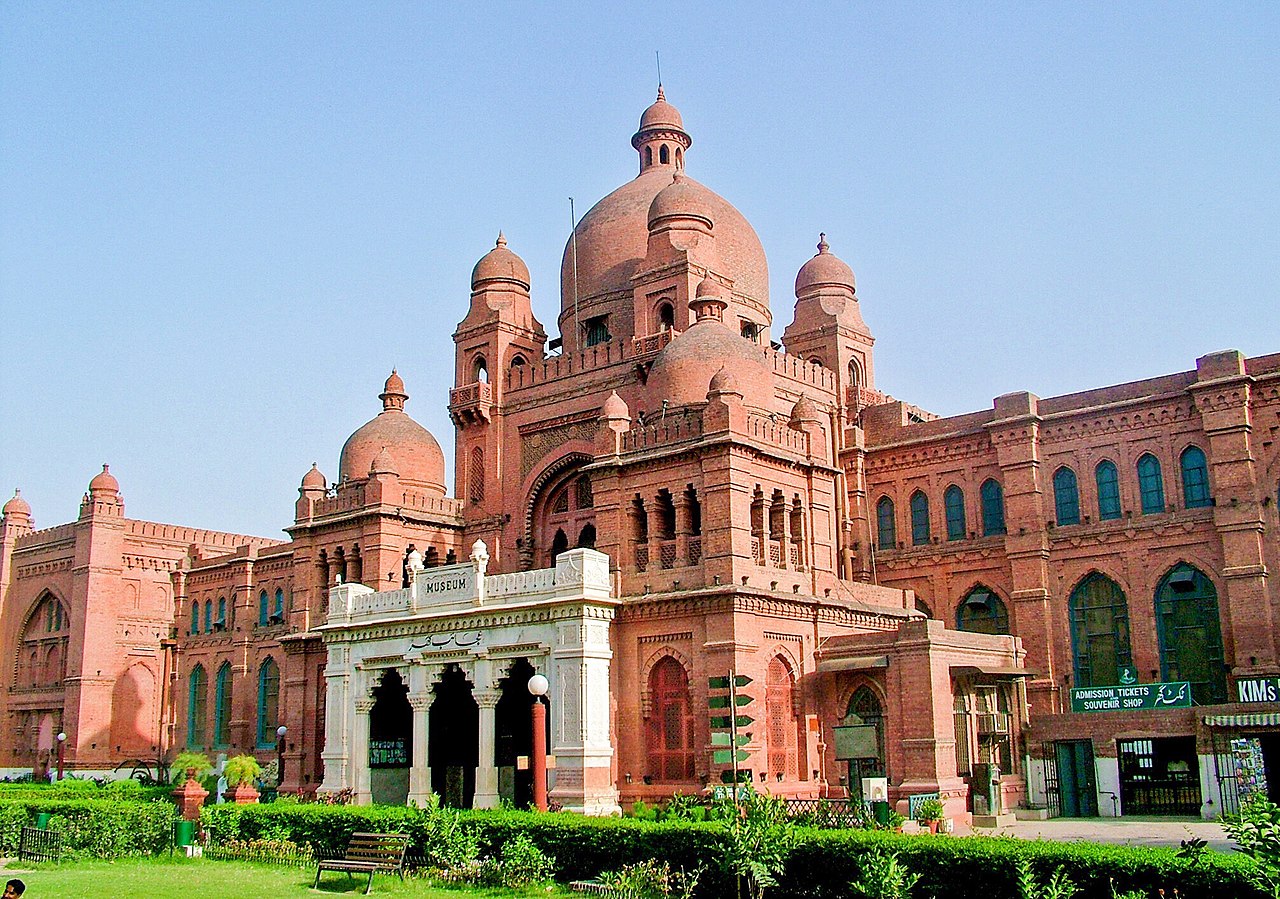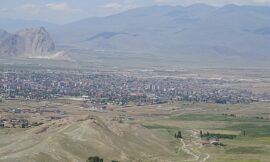The Lahore Museum, situated in the heart of Lahore, Pakistan, is a cultural treasure trove that encapsulates the rich and diverse history of the Indian subcontinent. Established during the British colonial era in 1865, the museum has evolved into one of the most prominent institutions of its kind in South Asia, housing an extensive collection of artifacts, artworks, and cultural relics.
The Lahore Museum is located in the grand Lahore Mall, a structure that itself reflects the colonial architectural influences prevalent during the museum’s inception. The imposing red-brick building with its elegant colonnades and domed towers stands as a testament to the historical legacy of Lahore and serves as a fitting backdrop to the cultural wealth within its walls.
The museum’s collections span a vast timeline, from the prehistoric period to the modern era, offering visitors a comprehensive journey through the region’s history. Among its most prized possessions are artifacts from the Indus Valley Civilization, showcasing the advanced urban planning, artistry, and craftsmanship of one of the world’s oldest civilizations.
The Gandhara Gallery within the Lahore Museum is a highlight, displaying sculptures and artifacts from the Gandhara region that flourished between the 1st century BCE and the 5th century CE. The exquisite Buddha statues, intricate friezes, and Greco-Buddhist art on display provide insights into the cultural and religious syncretism of the Gandhara period.
The museum’s Mughal Gallery is another noteworthy section, featuring artifacts from the Mughal era, including miniature paintings, manuscripts, and intricate jewelry. These exhibits offer a glimpse into the opulent lifestyle, courtly traditions, and artistic achievements of the Mughal rulers who once governed the Indian subcontinent.
The Sikh Gallery in the Lahore Museum highlights the Sikh period in the region’s history, showcasing artifacts from the reign of Maharaja Ranjit Singh and the Sikh Empire. The collection includes weapons, coins, and personal items belonging to Sikh rulers, providing a fascinating glimpse into this chapter of Punjab’s history.
The Lahore Museum also boasts an extensive collection of Islamic art and artifacts, featuring calligraphy, ceramics, textiles, and manuscripts from different periods of Islamic history. This section underscores the region’s rich Islamic heritage, with exhibits that span the Umayyad, Abbasid, Seljuk, and Ottoman periods.
The ethnological section of the Lahore Museum delves into the diverse cultures and traditions of the people of the subcontinent. Intricately designed costumes, traditional crafts, and everyday objects provide a window into the lives of different communities across the region.
One of the Lahore Museum’s most renowned pieces is the Fasting Buddha, an exceptionally well-preserved statue dating back to the Gandhara period. This sculpture, depicting Buddha in a state of meditation, showcases the artistic and spiritual achievements of the ancient civilizations that once flourished in the region.
Over the years, the Lahore Museum has undergone renovations and expansions to enhance its facilities and accommodate its growing collection. The museum’s dedication to preserving and showcasing the cultural heritage of the Indian subcontinent has made it a vital institution for researchers, scholars, and enthusiasts alike.
The Lahore Museum has not been without its challenges, including issues related to conservation, security, and the need for modernization. However, ongoing efforts continue to address these concerns, ensuring the museum remains a dynamic institution that adapts to the evolving needs of its audience while staying true to its mission of preserving and promoting the region’s cultural heritage.
In conclusion, the Lahore Museum stands as a beacon of cultural preservation, education, and artistic appreciation in the heart of Lahore. Its diverse and extensive collections make it a vital institution for anyone seeking to delve into the rich tapestry of the Indian subcontinent’s history and heritage. As a custodian of the past, the Lahore Museum continues to play a crucial role in fostering a deeper understanding and appreciation of the cultural diversity that defines the region.



